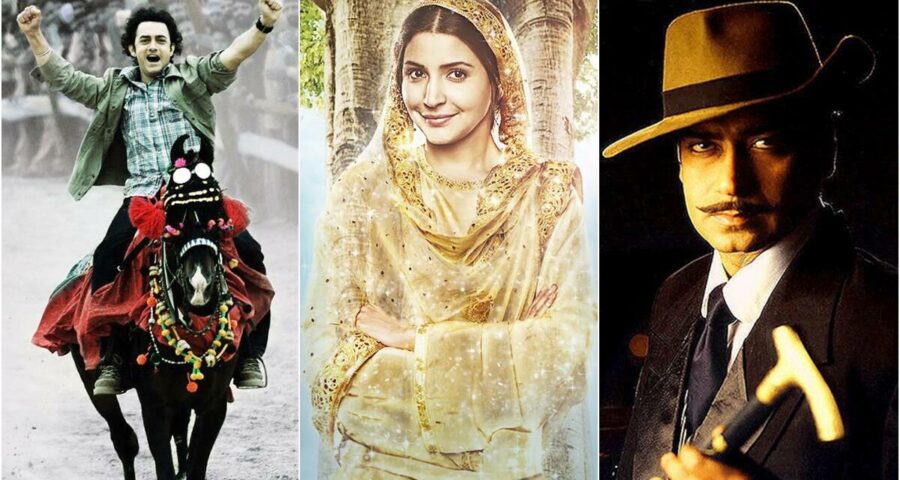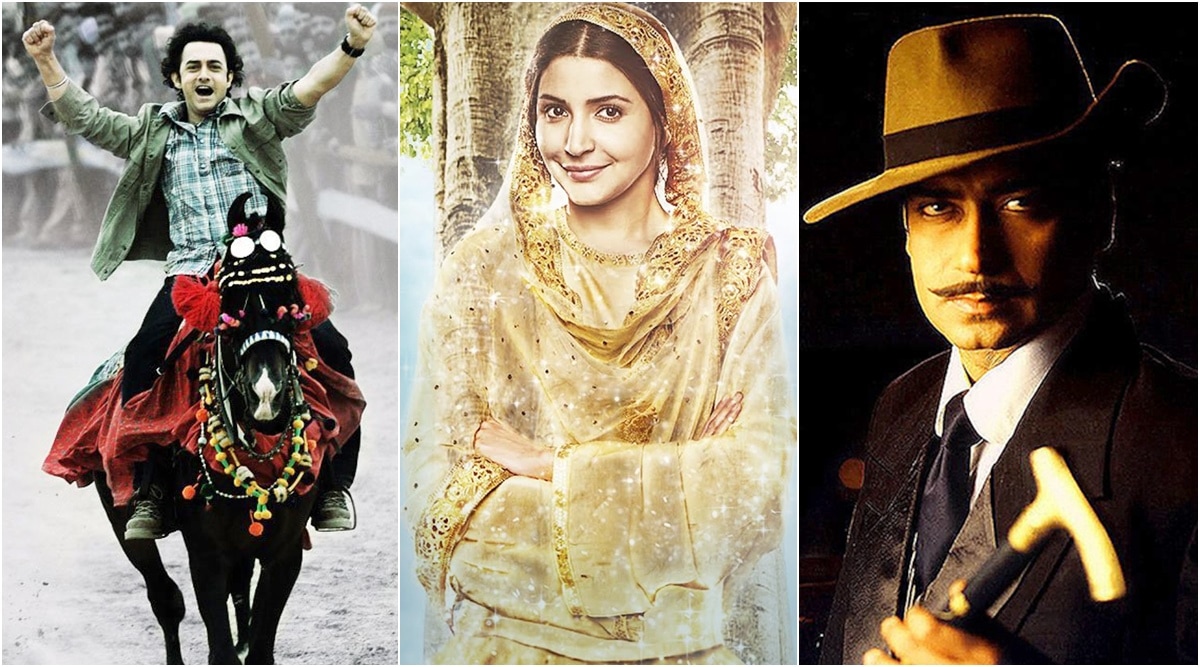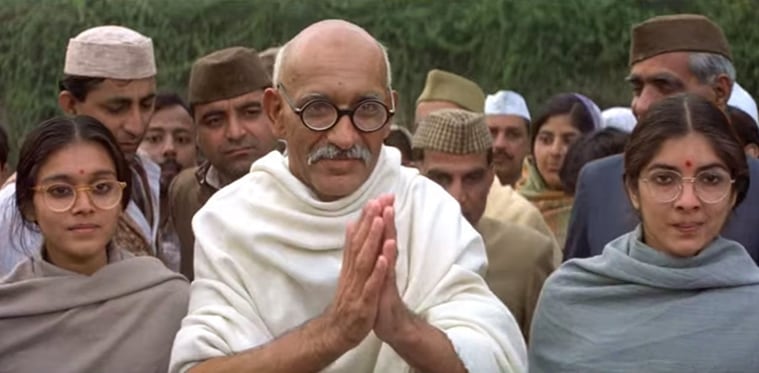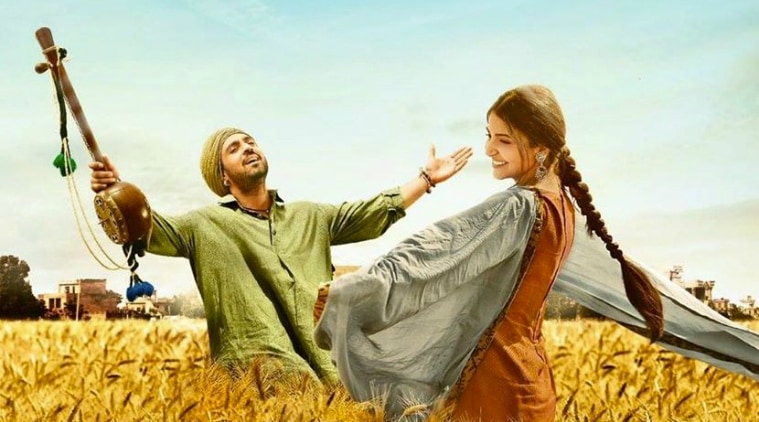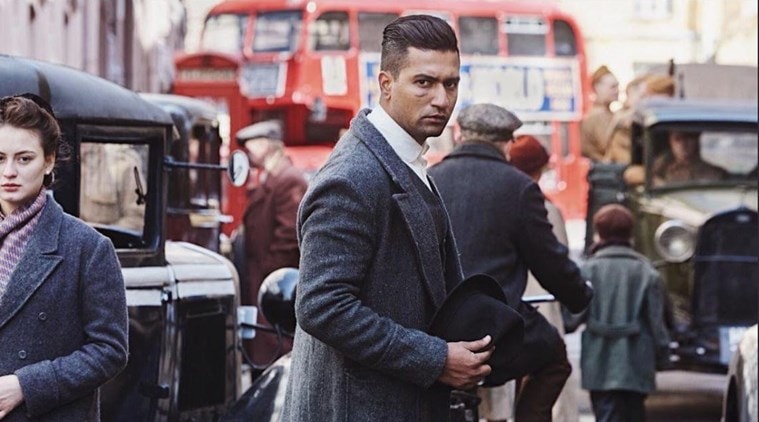More than a century ago, the Jallianwala Bagh massacre shook the nation and the world. Here's how the firing on unarmed innocents has been shown in films.
It was Baishaki and the occasion called for a celebration. Instead, there was bloodshed and violence. More than a century later, the Jallianwala Bagh massacre remains a symbol of imperial brutality and tyranny. It caused widespread anger, reverberations of which were felt far and wide across India. Rabindranath Tagore renounced his knighthood as a mark of protest. Winston Churchill, an apologist for colonialism who once called Indians “beastly” in the aftermath of the Bengal famine, condemned the incident as “monstrous.”
Mahatma Gandhi, who coined the phrase ‘Dyerism’ to describe general Reginald Dyer’s actions in Amritsar in 1919 which killed 379 innocent lives and injured another 1,200, was not in favour of retaliation. An apostle of non-violence, Gandhi had said, “We do not want to punish Dyer. We have no desire for revenge. We want to change system that produced Dyer.” Until the Amritsar holocaust, Gandhi had never set foot in Punjab. Having recently returned from South Africa, the successful lawyer was gaining new insights into his homeland as he travelled freely into the Indian interiors. In many ways, the ghastly events of Jallianwala Bagh helped put Gandhi on the political map. Admitting that Gandhi was an “Empire loyalist,” it was after the massacre, writes Ramachandra Guha in Gandhi: The Years That Changed the World, that “his faith in British justice was shaken but not broken.”
General Dyer wanted this incident to “leave a moral impact and prevent mutiny” after nationwide protests against the Rowlatt Act. The Hunter Commission was set up to order an enquiry into the firing. Appearing before it, an unrepentant Dyer showed no remorse. Richard Attenborough’s Academy award-winning Gandhi (1982) recreates this episode. Attenborough captures the cold-blooded killings of Jallianwala Bagh on Dyer’s orders in some details. A crowd of peaceful Sikh protesters have gathered in the Amritsar park. Shortly afterwards, Dyer marches in followed by the troop. Turbaned heads turn and before you can blink, it quickly escalates into a bloodbath. In reality, Dyer’s squad fired thousands of rounds. The unarmed crowd ran helter-skelter. Many scaled the walls while others, including women and children, jumped into the well. The wounded were left unattended, lying there to rot and die. “How does a child shot with a .303 Lee-Enfield apply for help,” asks one investigator. The hard-hearted Dyer, played in Gandhi by Attenborough’s regular collaborator Edward Fox, has no answers. Cut to Gandhi (Ben Kingsley) wearing a grave expression, unable to process the trauma.
The Jallianwala Bagh massacre has since served as inspiration to a spate of Bollywood films, but never as a full-fledged subject on its own. While its appearance in a movie like Rajkumar Santoshi’s The Legend of Bhagat Singh (2002) or other films on the revolutionary should come as no surprise — a 12-year-old Bhagat Singh visited the site after the massacre and collected a mound of earth in memoriam and as a reminder of British atrocities on Indian soil — the scene makes an unlikely cameo in the climax of Phillauri (2017). It is revealed in a flashback that the spirit Shashi, played by Anushka Sharma, who haunts a modern couple was actually a poetess in pre-independent India. Her lover Roop Lal aka the singer ‘Phillauri’ (Diljit Dosanjh) was killed in the Jallianwala Bagh incident, bringing a tragic end to their love story. A more or less similar device was used in Rakeysh Omprakash Mehra’s Rang De Basanti (2006), which follows a bunch of university students undergoing a change of heart after reliving the Indian freedom struggle through a play rehearsal. History comes alive here, as the narrative bounces back and forth. In one scene, the friends (starring Aamir Khan, Atul Kulkarni, Sharman Joshi, Soha Ali Khan and Siddharth) are seen discussing General Dyer in a dhaba in Delhi where the film is set. When DJ (Khan) says, “Hum bhi na barshadt karne mein champion the (we were the epitome of tolerance),” his mother (Kirron Kher) butts in reminding them of the sacrifices of Udham Singh. Called Shaheed-E-Azam, Singh shot Michael O’Dwyer in London to avenge the Jallianwala Bagh massacre. As Punjab’s Lieutenant Governor, O’Dwyer had endorsed Reginald Dyer’s actions at Jallianwala Bagh. Charged with O’Dwyer’s assassination, Singh was hanged in London.
Vicky Kaushal, whose biopic on Singh is expected to hit theatres this year, wrote about his experience of playing the revolutionary. “Portraying a character is one thing,” said the Uri star. “But understanding the way they viewed the world, reliving their emotions is another. I don’t know how much closer I will get to what went inside your head and heart. But I do know that with every scene that I play you, something inside me alters forever.” Before Kaushal, Udham Singh has been a subject of at least two Hindi films. One starred Raj Babbar in 2000 and the other, Jallian Wala Bagh was made in 1977 in which Parikshit Sahni plays Udham Singh with Vinod Khanna in a supporting role as a fellow revolutionary determined to drive the British out. As Udham Singh waits for Michael O’Dwyer to finish his speech at the Caxton Hall in Westminster on 13 March 1940 memories of the gruesome Jallianwala Bagh flash before his eyes. Seething in rage, he pulls the trigger. Reportedly, the orphaned Singh’s last words were: “I am not afraid to die. I am proud to die, to have to free my native land and I hope that when I am gone, I hope that in my place will come thousands of my countrymen to drive you dirty dogs out; to free my country.”
Source: Read Full Article
